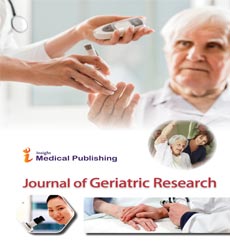To compare the onset, duration of anesthesia and cardiovascular evaluation of 4% articaine and 2% lidocaine in minor maxillofacial surgery.
Abstract
Introduction: Local anesthetics (LAs) are the most commonly used drugs by dentists In which lidocaine hydrochloride is the most widely used local anesthetic in dentistry. Recently, articaine hydrochloride introduced in dental practice. Its popularity has increased rapidly due to its longer duration of action and its versatile properties. Limited studies have reported on the efficacy of articaine hydrochloride on various systems. The purpose of this study was to compare the onset, duration of anesthesia and cardiovascular evaluation of 4% articaine and 2% lidocaine in minor maxillofacial surgery (extraction of mandibular molars).
Methodology: 84 patients were randomly divided into 2 groups of 42 each and clinical variables such as onset of anesthesia, duration of anesthesia, blood pressure, pulse rate, oxygen saturation and pain perception were recorded at specific time intervals using a visual analogue scale. The statistical analysis was performed using SPSS version 22.0. Mean and standard deviations, frequency distribution analysis, and the chi squared test were performed to calculate variables and a p< 0.05 was considered significant.
Results: Statistically significant results were obtained regarding mean duration of the anesthetic effect (p< 0.001), mean time of onset of anesthesia (p< 0.001) and pain perception for the articaine group. No statistically significant differences were obtained for blood pressure, pulse rate and oxygen saturation. No local or systemic complications were observed.
Conclusions: The results of this study suggest that 4% articaine is more efficacious than 2% lidocaine particularly in terms of longer duration of the anesthetic effect, more rapid onset and less pain at the time of the deposition of articaine. However, no statistically significant results were obtained for blood pressure, pulse rate and oxygen saturation.
Open Access Journals
- Aquaculture & Veterinary Science
- Chemistry & Chemical Sciences
- Clinical Sciences
- Engineering
- General Science
- Genetics & Molecular Biology
- Health Care & Nursing
- Immunology & Microbiology
- Materials Science
- Mathematics & Physics
- Medical Sciences
- Neurology & Psychiatry
- Oncology & Cancer Science
- Pharmaceutical Sciences
